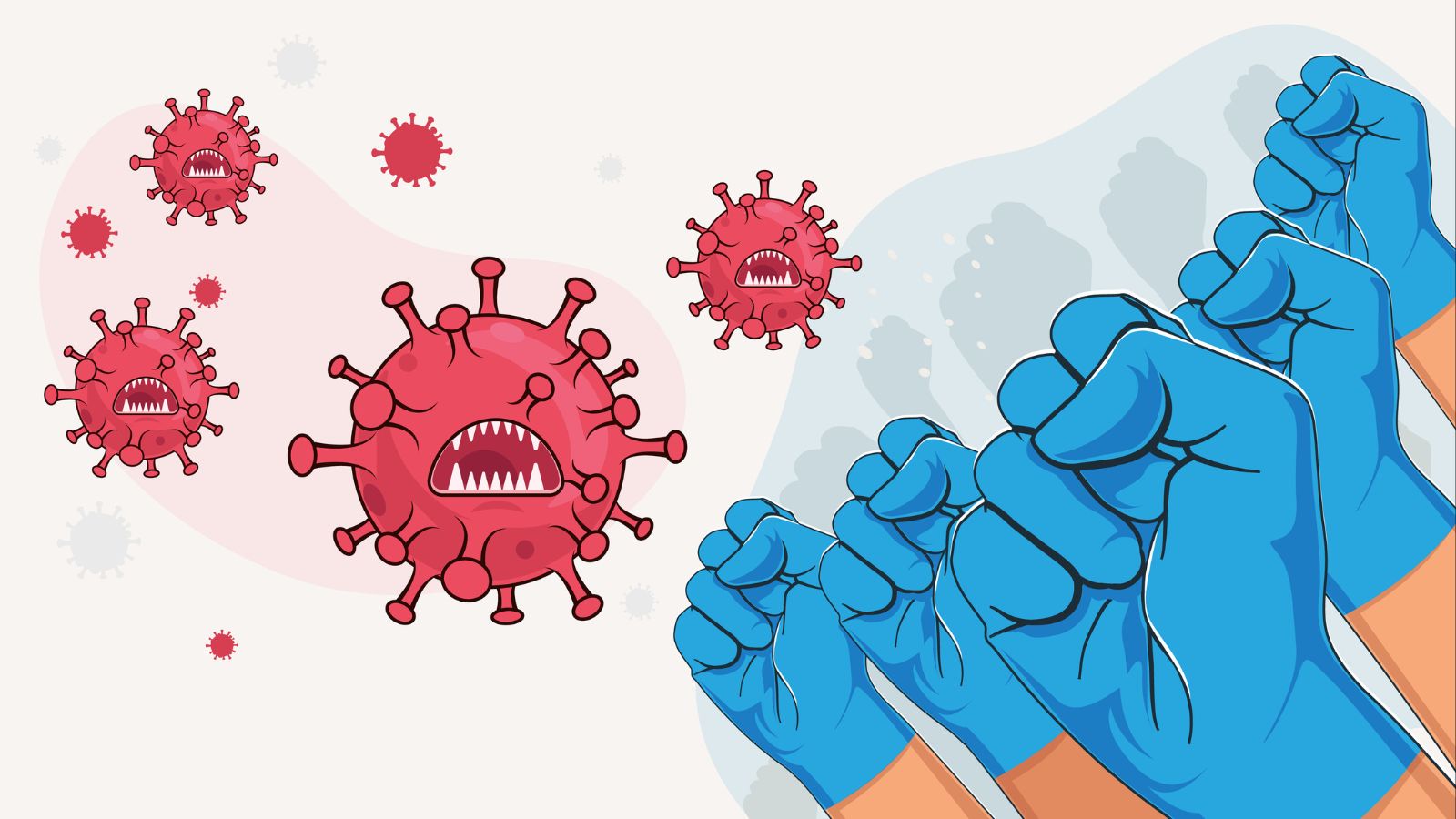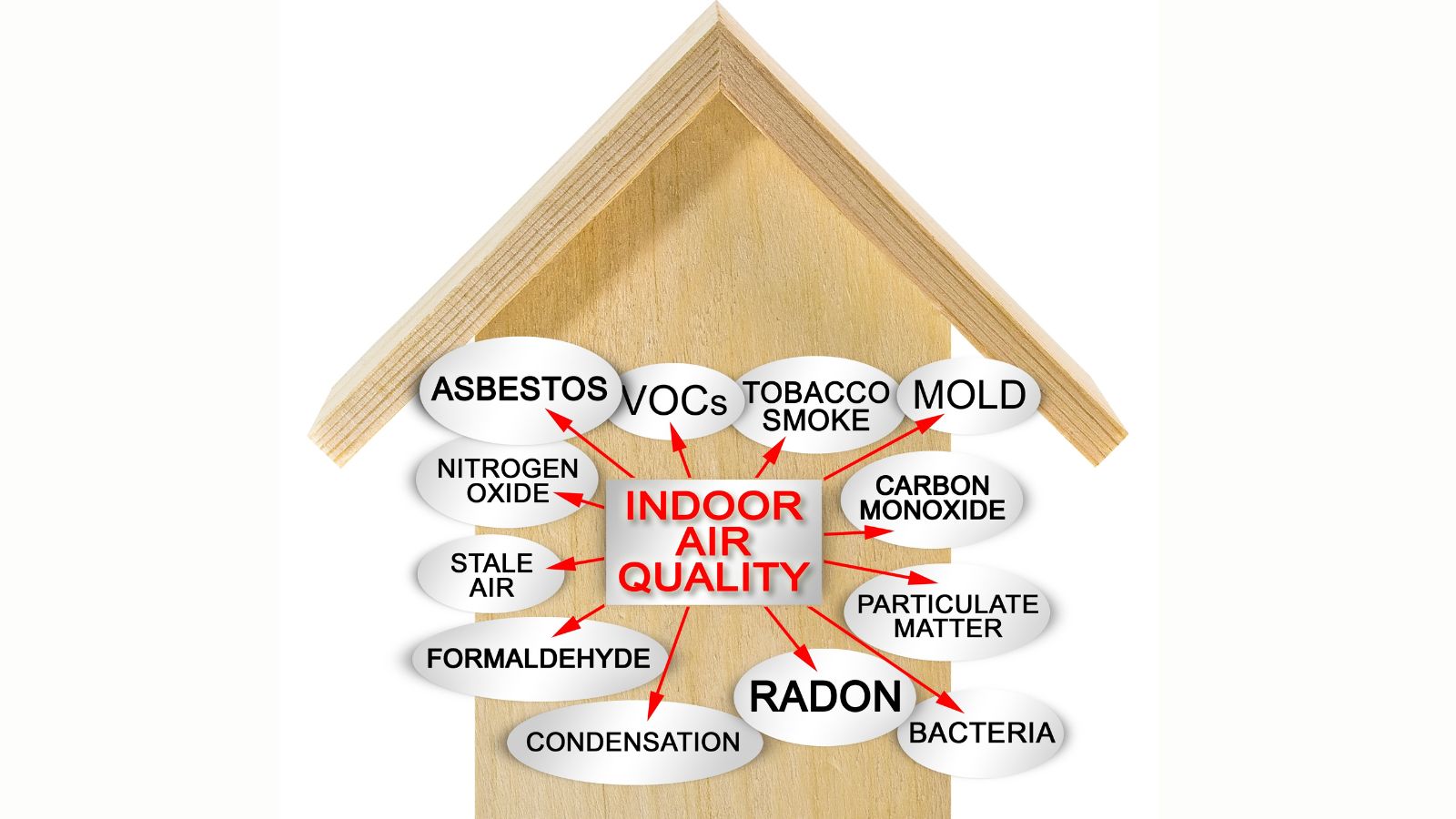With advancements in technology, changes in lifestyle and environmental concerns, 2024 is bringing a new range of health hazards. There are some risks that we have known about for a while that are set to increase and new risks on the horizon for us all to look out for. We take a look at 18 health hazards to look out for in 2024:
Air Pollution from Wildfires

As wildfires become more frequent and severe due to climate change, their smoke poses a significant health risk. People with respiratory conditions like asthma or bronchitis are particularly vulnerable to wildfire smoke so should minimize exposure and consider wearing an N95 mask when necessary. You can also look at air quality reports and stay indoors when the air is particularly poor.
The Rise of Superbugs

Antibiotic-resistant bacteria, often referred to as superbugs, are a growing concern. Superbugs have emerged by people overusing and misusing antibiotics that have led to the drug-resistant bacteria. Medics are becoming strict when prescribing antibiotics, and if they are subscribed, you should always complete a course, even if you start to feel well. One example of this is Monkeypox.
Digital Eye Strain

With more people working from home and spending long hours in front of screens, digital eye strain is becoming a significant health issue. With 90% of people in America owning a smartphone, eye damage is a significant concern. Symptoms of eye strain include dry eyes, headaches and blurred vision which can lead to severe eye problems over time. It’s important to take regular breaks from your devices and reduce the brightness of your screen when you are using them.
Social Media-Induced Anxiety

Constant exposure to social media is leading to increased anxiety and depression in many people. The addictive nature of social media platforms can often make people feel inadequate and compared to the apparently perfect lives of people online. It’s best to limit the amount of time spent on social media by setting up a timer on your device so that you are not tempted to endlessly scroll through accounts that make you feel insecure.
Toxic Chemicals in Everyday Products

Many everyday products, such as cleaning supplies and personal care items, contain toxic chemicals like phthalates and parabens that have been linked to various health issues including cancer. If possible, look for products that are toxin free and try to reduce your use of products in general. There’s also lots of great homemade recipes, such as vinegar and bicarbonate of soda that are great for cleaning.
Pandemic Fatigue

After years of living with the COVID-19 pandemic, many people are experiencing pandemic fatigue, leading to complacency regarding health measures like vaccination and mask-wearing. This fatigue increases the risk of new outbreaks, particularly with the emergence of new virus variants.
Electromagnetic Fields (EMFs)

With wireless technology, including 5G, becoming the norm, concerns have been raised about its health impacts. Long-term exposure to electromagnetic fields (EMFs) has been linked with headaches, sleep disturbances and even certain types of cancer.
Climate Change-Related Diseases

As global temperatures rise there has been an increase in climate change-related diseases Respiratory issues have increased due to wildfires leading to vector-borne diseases like malaria and Lyme diseases that are a concern for the future.
Processed Foods and Obesity

A diet heavy in processed foods means people are consuming more fats, sugars and salt than ever before. There has been a significant rise in obesity rates and increased rates of chronic conditions such as heart disease and diabetes. To reduce risk, it’s important to limit processed foods and prioritize a diet rich in whole foods.
Mental Health Crisis Among Youth

The mental health of young people is in crisis with rising rates of depression, anxiety and suicide. Academic pressure, social media and a lack of access to mental health services are contributing to this demise. Schools and communities should prioritize mental health support for young people and we should all foster empathy as we look to support our youth.
Sleep Deprivation

Sleep deprivation is becoming increasingly common as people struggle to balance work and social life as well as screen time. A lack of sleep has been linked to a range of health issues, including cognitive decline and weakened immune function. You should aim for seven to nine hours sleep each night and try to switch off electronic devices an hour before bed.
Chemical Exposure from Food Packaging

Certain chemicals used in food packaging, such as Bisphenol A (BPA) can leach into food and pose health risks. These chemicals are associated with hormone disruption, reproductive issues and even cancer so it’s best to choose fresh foods and avoid plastic containers to reduce exposure.
Cybersecurity

With the rise of cyber threats and data breaches, concerns about cybersecurity are taking a toll on people’s mental health. From the fear of identity theft to online harassment and loss of privacy anxiety and stress is becoming common. It’s important to follow online safety advice which is often handed out by banks and local governments.
Indoor Air Pollution

Indoor air pollution is a growing concern as people spend more time indoors. Common sources include mold, household chemicals and poor ventilation. Exposure to indoor pollutants can cause respiratory problems, allergies and even long-term health effects like lung cancer.
Food Insecurity

Despite living in one of the wealthiest countries in the world, many Americans face food insecurity. The lack of access to healthy, nutritious food can lead to malnutrition, obesity and other health problems.
Radiation from Mobile Devices

With the increasing use of mobile devices, concerns about radiation exposure are growing. Some studies indicate a connection between long-term exposure to radiofrequency radiation from electronic devices and health problems such as brain tumors and hearing loss. While research is still ongoing and results are conflicting we should take care to rescue our time on mobile devices.
Chemical Additives in Water Supply

Chemical additives in water supplies, such as chlorine and fluoride, are meant to protect us, but excessive exposure can have negative effects. High levels of chlorine, for example, can lead to respiratory problems and too much fluoride has been linked to dental and skeletal fluorosis.
Work-Related Stress

Work-related stress is higher than it’s ever been, particularly in high-pressure industries such as banking and teaching. As well as impacting people’s mental and physical health it is also having an impact on the economy. There’s increasing pressure on employers to recognize stress factors and help their employees achieve a better work- life balance.
5 Canadian Provinces Predicted to Thrive in the Next Economic Boom
 To thrive in an economic boom, a region needs good infrastructure, talented people, government policies that support growth and uplift the economy, and a culture of entrepreneurship. Often, the demography can also be a significant indicator of a region’s economy in the next few years. Although reports may vary on which regions will perform the best economically, certain regions come up on every list. Here are 5 Canadian provinces predicted to thrive in the next economic boom:
To thrive in an economic boom, a region needs good infrastructure, talented people, government policies that support growth and uplift the economy, and a culture of entrepreneurship. Often, the demography can also be a significant indicator of a region’s economy in the next few years. Although reports may vary on which regions will perform the best economically, certain regions come up on every list. Here are 5 Canadian provinces predicted to thrive in the next economic boom:
5 Canadian Provinces Predicted to Thrive in the Next Economic Boom
